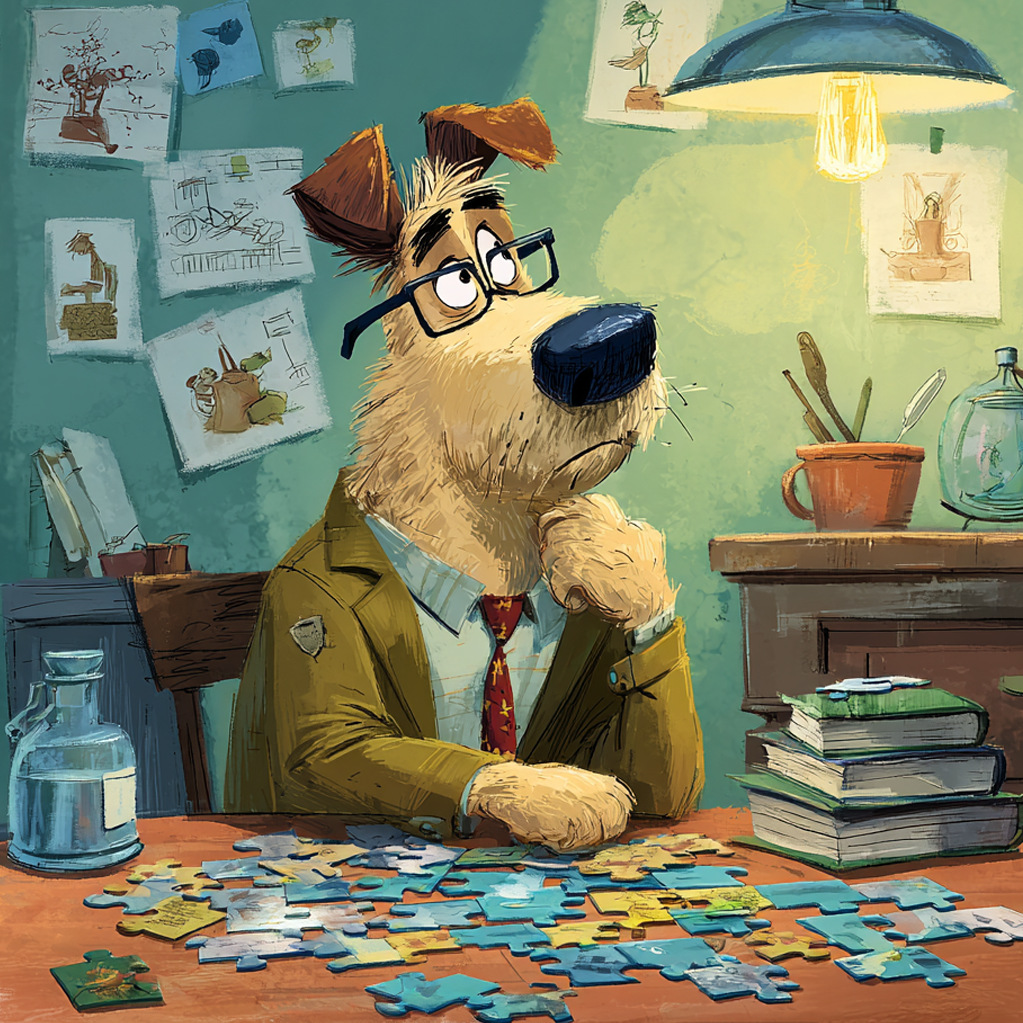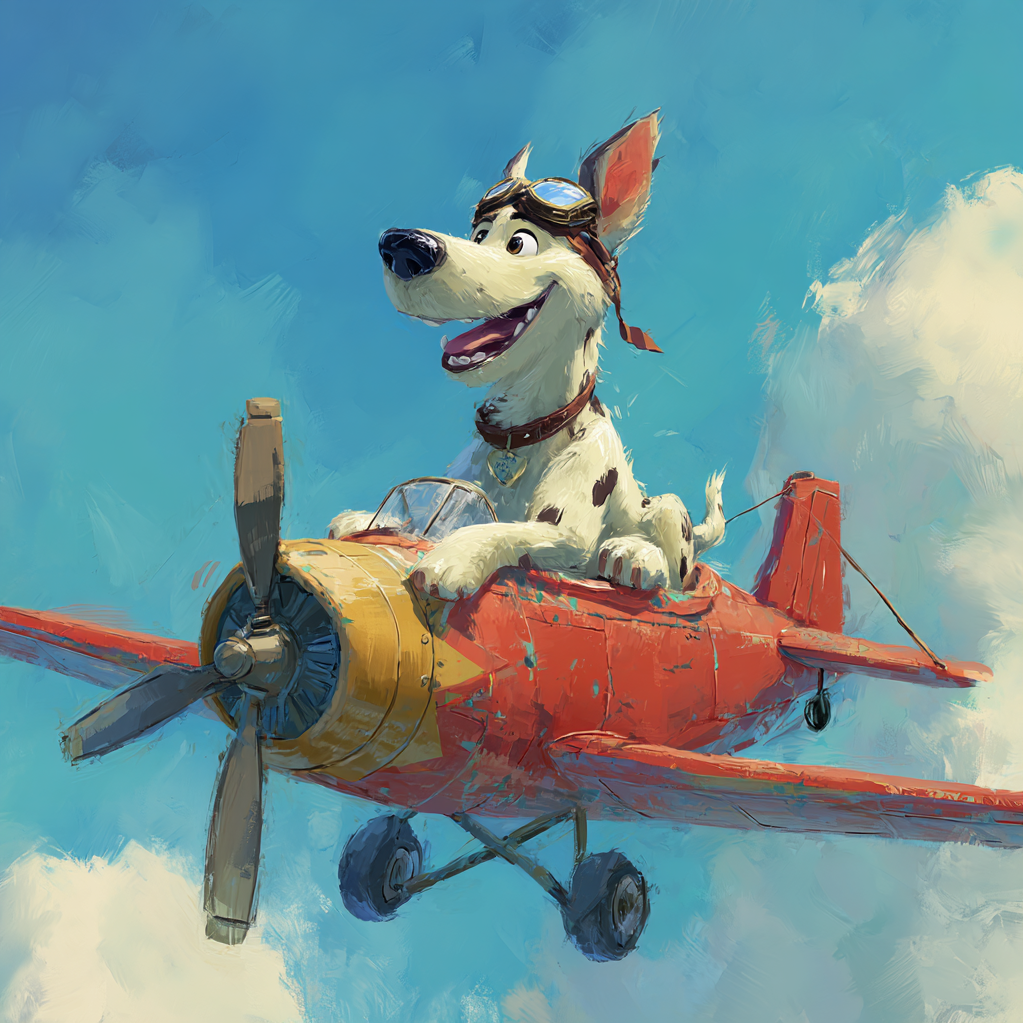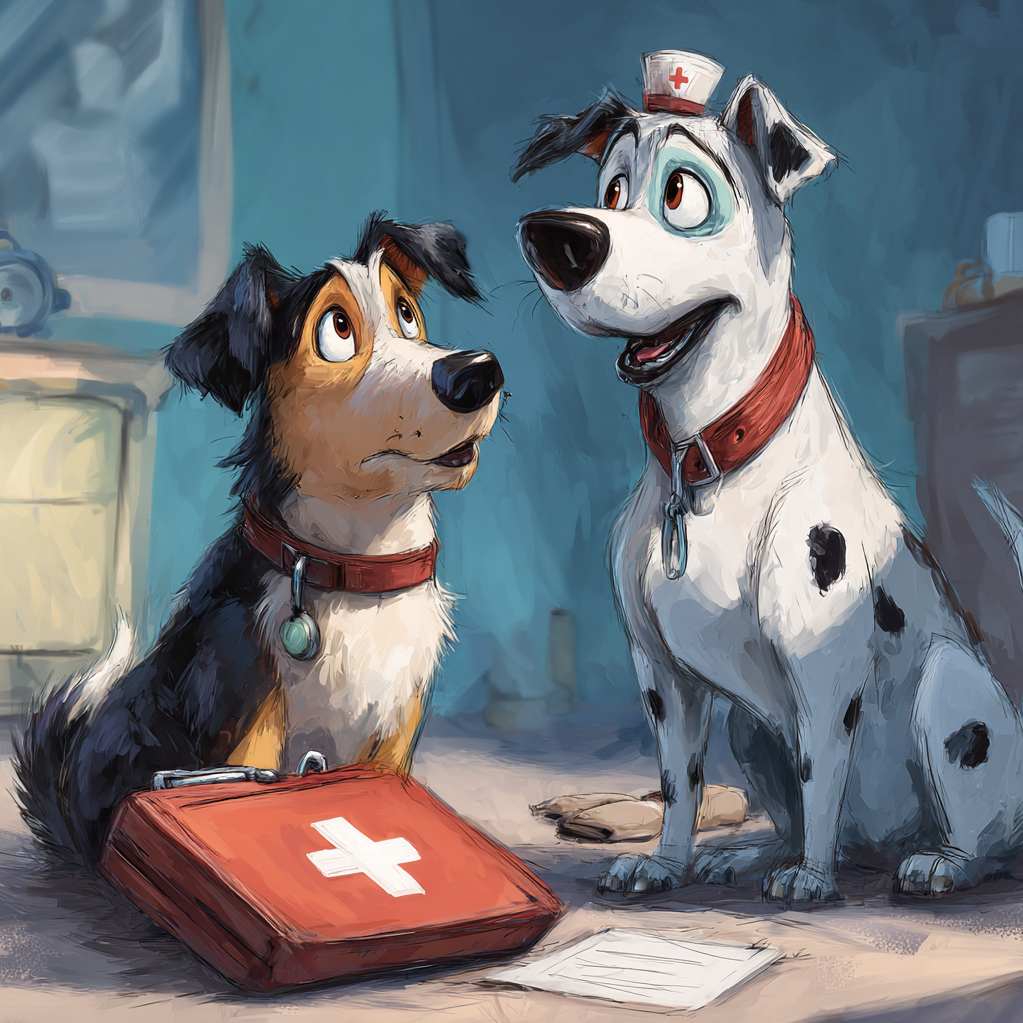The Genius in the Grind: Unlocking Your Dog’s Inner Einstein (No Treat Required)
Your dog isn’t bored. They’re understimulated. And a walk won’t fix it.
That vacant stare at the wall? The relentless shredding of your couch? The 3 a.m. barkathon at the moon? These aren’t acts of defiance. They’re desperate telegrams from a brilliant mind slowly suffocating in a sensory vacuum. Your dog’s brain is a Ferrari idling in a parking garage – built for complex problem-solving, not passive existence. Mental exhaustion is the secret antidote to chaos. Forget just tiring their body; it’s time to ignite their neurons. Welcome to the world of cognitive calisthenics.

Why Walks Aren’t Enough: The Neurological Desert
Physical exercise is crucial, yes. But it’s gasoline for only one engine. Your dog possesses a separate, ravenous cognitive engine – evolved for hunting, scavenging, navigating complex terrain, and outsmarting prey. Deprive this engine, and the surplus mental energy manifests as destruction, anxiety, barking, or obsessive behaviors. Mental enrichment:
- Burns Actual Brain Energy: Problem-solving depletes glucose faster than a sprint. A tired brain is a calm dog.
- Lowers Stress Hormones: Cortisol drops; dopamine and serotonin (feel-good chemicals) surge during successful challenges.
- Builds Confidence & Resilience: Mastering puzzles teaches “I can handle this!” – a buffer against real-world anxieties.
- Strengthens Your Bond: You become the facilitator of awesome, not just the treat dispenser or walk provider.
- Slows Cognitive Decline: Keeping the neural pathways firing helps maintain sharpness into old age.
Beyond the Kibble Ball: Truly Engaging Brain Games (Categorized by Cognitive Load)
Forget flimsy plastic balls that roll treats out after three nudges. True brain games demand focus, strategy, and sometimes, sheer ingenuity. Think of these in tiers:
Tier 1: The Novice Neurons (Building Focus & Basic Problem Solving)
- The Muffin Tin Shuffle: Simple, brutal genius. Place treats in some cups of a muffin tin. Cover all cups with tennis balls or crumpled paper. Watch your dog nudge, paw, and flip covers to find the loot. Why it works: Teaches object permanence (things exist even when hidden) and simple cause-and-effect.
- Level Up: Use different covers (small towels, plastic cups). Hide kibble under the tennis balls in empty cups too.
- Snuffle Safari: Turn mealtime into a hunt. Scatter kibble or treats:
- Easy Mode: In short grass or on a rug.
- Medium Mode: In a kiddie pool filled with crumpled paper or empty cardboard boxes.
- Hard Mode: Mixed into a snuffle mat’s dense fleece strips. Why it works: Taps deep into the olfactory powerhouse, forces focused sniffing, mimics natural foraging. 15 mins of snuffling = 45 mins of walking, neurologically.
- The Cup Shuffle Gamble: Classic shell game, dog-style. Show your dog a treat under one of three identical cups. Shuffle them slowly. Let them choose. Reward for correct picks. Why it works: Develops visual tracking, short-term memory, and impulse control (“Don’t just knock them all over!”).
Tier 2: The Intermediate Intellect (Memory, Sequencing & Spatial Reasoning)
- Find It! (Object-Specific): Move beyond generic treats. Teach names for specific toys (“Bear,” “Ball,” “Bunny”). Hide one while they watch (“Find Bear!”). Gradually hide them out of sight, then ask for specific retrieves. Why it works: Builds vocabulary, complex memory, and directed searching. Border Collies can learn hundreds of words; most dogs can learn dozens.
- The Puzzle Box Labyrinth: Upgrade from basic treat dispensers. Use puzzle toys requiring multiple, sequential steps:
- Slide lids to reveal compartments.
- Flip levers to open drawers.
- Remove pegs to release blocks.
- Spin dials to align holes. Why it works: Develops understanding of sequential actions, spatial manipulation, and patience. Start easy (Nina Ottosson Dog Brick) and progress to complex (Outward Hound Hide N’ Slide).
- The Towel Burrito Bonanza: Roll treats or kibble tightly inside an old towel or blanket. Tie it loosely in a knot. Let your dog unravel, dig, and shred their way to victory. Why it works: Satisfies natural shredding/digging urges safely, requires sustained problem-solving and dexterity. Supervise to prevent fabric ingestion!
Tier 3: The Cognitive Champions (Advanced Strategy & Communication)
- Scent Work: The Ultimate Nose Job: Hide a specific scent (birch or anise oil on a cotton swab) in increasingly complex environments. Teach them to search and indicate (“Show me!”). Start simple (one box, one hide), progress to rooms, outdoors, vehicles. Why it works: Harnesses their most powerful sense at an elite level, demands intense focus, discrimination, and clear communication. Pure mental marathon fuel.
- Learning Chains: The Canine Rube Goldberg: Teach a sequence of distinct behaviors to earn one big reward. E.g., “Touch target -> Spin -> Go to Mat -> Ring Bell -> Get Jackpot.” Why it works: Builds complex memory, understanding of behavioral sequences (“if this, then that”), impulse control, and focus. Start with 2-step chains.
- The Shell Game of Doom: Advanced cup shuffle. Use 5+ cups. Hide the treat under one. Lift empty cups briefly without revealing the treat location before shuffling. Requires intense memory and tracking. Why it works: Pushes working memory and attention span to the limit. Only for the truly puzzle-obsessed dog.
The Art of the Challenge: Making Brain Games Work
It’s not just what game, but how you play:
- Start Stupidly Easy: Build confidence. If they fail repeatedly, frustration kills the fun. Make the first success quick and rewarding.
- Observe, Don’t Intervene: Let them struggle (gently). Figuring it out is the point. Resist the urge to “show” them unless truly stuck for minutes. A hint is better than solving it for them.
- End on a Win: If they’re struggling, make the last round easier so they finish successfully. Leave them wanting more, not frustrated.
- Rotate the Damn Games: Using the same puzzle daily turns genius into mundane chore. Have a repertoire. Novelty = mental fire.
- Match the Energy: High-energy dog? Use active search games (Find It!, snuffle mat sprint). Calm dog? Offer intricate puzzles or chew-based challenges.
- Value the Victory, Not Just the Treat: Praise, play, and genuine enthusiasm are powerful rewards. The solving should be intrinsically rewarding; the treat is the cherry on top.
- Know When to Quit: Sessions should be short (5-15 mins for most dogs). Mental fatigue is real. Watch for loss of interest or frustration.
- Safety First: Supervise! Ensure toys/puzzles are durable, size-appropriate, and can’t be swallowed. Remove small parts or broken pieces immediately.
Beyond Plastic: The Everyday Genius Hacks
Brain games aren’t confined to store-bought toys. Weave cognition into daily life:
- Scatter Feeding: Ditch the bowl forever. Toss kibble in grass, on stairs, under furniture. Make breakfast a scavenger hunt.
- Name Everything: Teach names for toys, people, rooms, furniture. Ask them to “Go find Sarah” or “Put your toy in the basket.”
- Novelty Walks: Drive to a new neighborhood, park, or trail. New smells, sights, and sounds are a full-brain immersion.
- Learn a New Trick Weekly: Shake, spin, bow, touch, back up – constant learning keeps pathways blazing.
- Food-Dispensing Chews: Frozen Kongs stuffed with wet food/yogurt/peanut butter, lick mats, busy bones. Licking is calming and cognitively engaging.
- “Go Find It” Variations: Hide their favorite toy. Hide yourself in the house. Make them solve the puzzle of your location.
The Tired Mind: Recognizing Success
You’ll know it’s working not by a wagging tail during the game, but by the profound calm afterwards. That deep sigh. That contented flop on the rug. The absence of pacing or destructive chewing. This is the golden silence of a truly satisfied mind – a Ferrari that’s finally been allowed to open up on the Autobahn, not just idle in the garage.
Investing in your dog’s cognitive fitness isn’t a luxury. It’s the cornerstone of behavioral stability and deep contentment. It’s speaking their native language of problem-solving and discovery. Unleash the genius within. Watch the chaos dissolve, replaced by the quiet hum of a brilliant mind, finally engaged. The solutions aren’t complex. The payoff is pure freaking magic. Now go build that Sistine Chapel of kibble. Their neurons are waiting.
The proof isn’t in the puzzle solved, but in the peace that follows.



